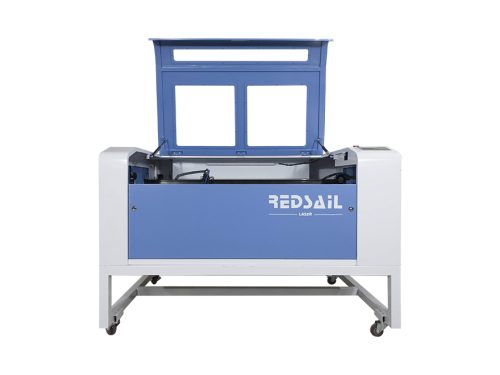
The laser nozzle is the core accessory of the laser cutting machine, which mainly has two core functions: 1. forming capacitance signal with the processing plate; 2. The reasonable fluid modeling is convenient to discharge the slag. For single-layer and double-layer: single-layer nozzle is commonly used for melting cutting, that is, cutting stainless steel and aluminum plates with nitrogen as auxiliary gas; Double nozzle is generally used for oxidation cutting, that is, carbon steel cutting with oxygen as auxiliary gas. Conventional models (mm): 0.8, 1.0, 1.2, 1.5, 2.0, 2.5, 3.0, 3.5, 4.0, 4.5, 5.0, etc., while the common ones are: 1.0, 1.2, 1.5, 2.0, 2.5, 3.0. In recent years, with the wide application of ten thousand watt high power lasers, there are also: 1.2, 1.3, 1.4, 1.5, 1.6, 1.7, 1.8 and other single-layer nozzles specially used for high power cutting.
How to choose a good laser cutting machine nozzle?
1. Look at the material: a good nozzle must have high conductivity and good heat conduction effect to form a stable capacitance signal with the processing material. T2 red copper is a good choice
2. Viewing accuracy: Coaxiality is the core index for testing a nozzle, and it is required to be 0.03mm for conventional (within 3000W) nozzles; High power (ten thousand watt level) requires coaxiality of 0.01 mm. The different axes of the nozzle center and the laser center will have the following effects:
A. One side of the cutting section is normal, while the other side is slag hanging: cause: the gas jet center and the laser center are uneven, resulting in uneven air flow in the energy concentration area;
B. Sharp corner quality: local overburn is easy to occur when cutting sharp corners; C. Unstable perforation: easy to cause local over melting and hole bursting;
D. When the nozzle is replaced, the original parameters cannot be cut: it is mainly shown that the coaxiality of different nozzles is different.
3. Surface finish: high surface finish can effectively reduce the adhesion of processing melt and the absorption (overheating) of laser energy by nozzle body during positive or negative focus processing
4. Runner design: scientific runner design is conducive to the discharge of slag during cutting of different materials, as well as the anti slag damage of nozzles and protective lenses during processing.
[Conclusion]: In consideration of the cost and application scenario requirements, it is recommended that the low power (3000 watts) be higher than but not limited to: T3 red copper material, coaxiality of 0.03 mm; High power (ten thousand watt level) is higher than but not limited to T2 red copper, coaxiality of 0.01mm, and surface roughness of R0.7
Warm: Do not use high-power and low-power accessories. The higher the power, the higher the requirements for accessories!










